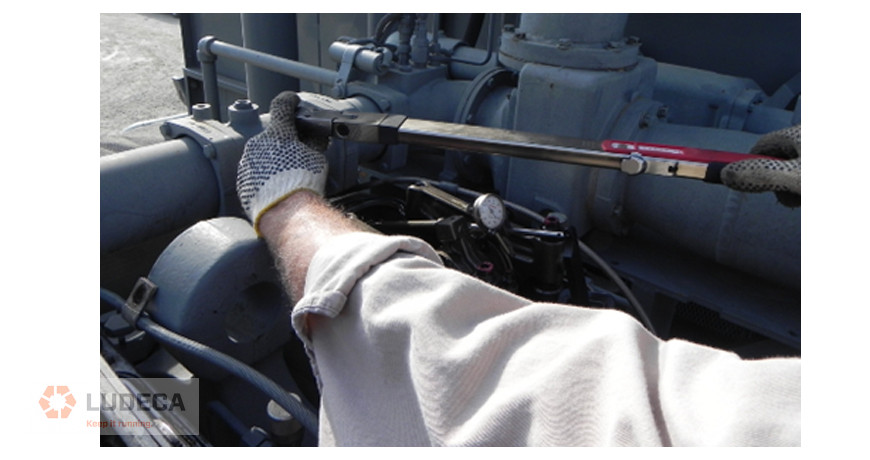
In mechanical design, one of the core principles I learned is that “everything is a spring.” This concept underscores that all materials under stress behave like springs, which has profound implications for machinery installation and maintenance. Machines and the bases they sit on may seem to be perfectly rigid, but when the alignment tolerances required are at the nearest thousandths of an inch (0.02mm), more variables will need to be introduced.
A prime example is the use of torque wrenches, essential tools for ensuring precision. When installing components like a car engine’s valve cover, uneven torque application can distort the component, leading to gasket failures, leaks, or even structural breakdowns. This principle also applies to aligning rotating machinery, where even the slightest internal misalignment (referred to as “soft foot”) can distort machine frames.
The ANSI-ASA 2.75 shaft alignment standard specifies that soft foot should not exceed 2.0 mils (0.04 mm) per foot for optimal performance.
Torque wrenches play a critical role by providing consistent torque application, which is vital for making precise adjustments during alignment processes. This consistency eliminates variations in torque application that might occur with different operators or tools, simplifying what can be a challenging alignment task. Resources like Ludeca’s free Soft Foot Find-and-Fix Infographic offer practical guidance on this issue.
Moreover, understanding the nuances of torque application – whether it’s wet or dry (with or without lubricants) – is crucial for safety and functionality. Wet torque reduces friction; hence less torque is needed compared to dry scenarios where friction is higher. For detailed guidance, resources like the Machinery’s Handbook – Industrial Press are invaluable in any maintenance setting, providing standards and best practices for torque application.
In essence, recognizing that every component can act as a spring helps in anticipating how they will react under stress, thereby guiding the meticulous application of torque to ensure machinery operates at peak efficiency and safety.
Filed under:
Alignment by Daus Studenberg CRL
